Rocks of the ages
- POSTED ON: 11 Sep, 2024
- TOTAL VIEWS: 134 Views
- POSTED BY: R. Krithika | Text: Archita Suryanarayanan
- ARTICLE POINTS: 150 Points
Have you ever heard of the Barabar Caves in Bihar? Located in the Jehanabad district Bihar, they have a bare exterior composed of solid rock, with small, sometimes ornamental, entrance ways. What makes these simple structures special? These are the oldest surviving rock-cut temples in India, estimated to be as old as 300 BC.
Let’s look at what rock-cut architecture means. Today, buildings are constructed by bringing material such as bricks and concrete to the site and then placing the pieces one above the other. This is called the structural method. In rock-cut architecture, the material didn’t come to the building site, but the building went to the site; i.e. to large naturally occurring rocks and hills. The rocks were chipped, carved, chiselled and hollowed until bare rock transformed into a piece of architecture.
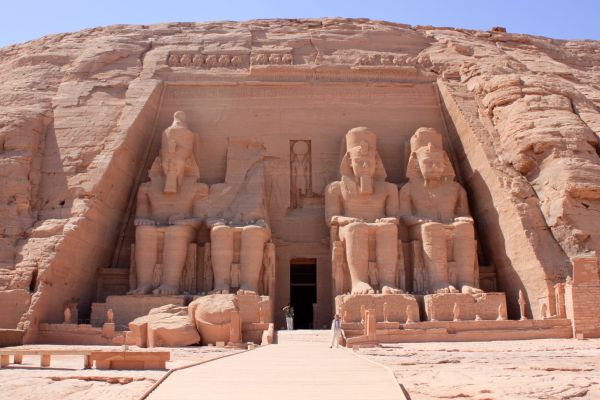
The simplest form of rock-cut architecture were human-made caves. More elaborate forms include the Abu Simbel temples in Egypt and Petra in Jordan. India has an abundance or rock-cut structures, with the most famous possibly being the temples at Ajanta and Ellora in Aurangabad.
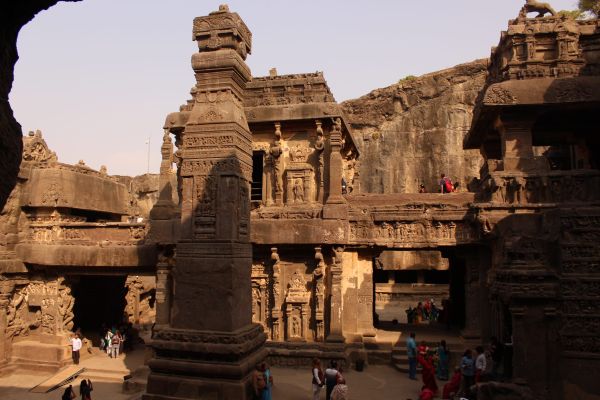
The Barabar caves, around 50 km from Bodh Gaya, may not be popular but are the oldest surviving rock-cut shrine dating to the Mauryan period (c322 BC to c180 BC). This makes them almost 1,700 years older than the Taj Mahal, or 1,000 years older than Thanjavur’s Brihadeeswara or the Big Temple.
The caves comprise seven shrines, of which the most important is the Lomasa Rishi Cave. A pointed arch at the entrance with a carved panel is its only ornamentation. Inside, it has two chambers; one of which had a vaulted roof and finely polished walls. Called chaitya, this room is an important part of Buddhist architecture for group worship.
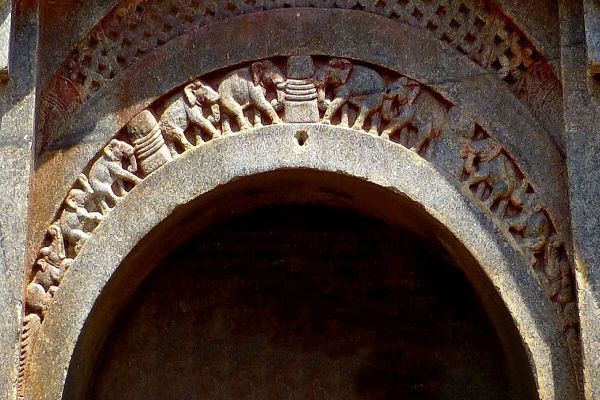
The Lomasa Rishi cave, however, was neither Buddhist, Hindu or Jain; it was used by a religious sect called the Ajivika, which developed in the Mauryan period along with Buddhism and Jainism. The inscriptions on the caves indicate that the emperor Ashoka dedicated these caves to the Ajivikas. But this faith eventually faded away, and the cave remains possibly its only physical remnant.
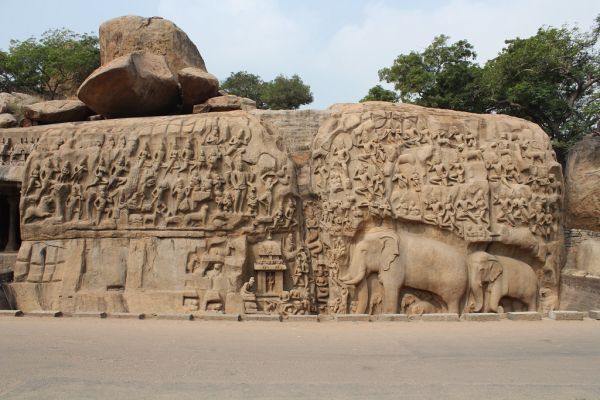
Rock-cut architecture gradually started becoming more elaborate. The Ajanta and Ellora rock-cut temples from the Gupta period are considered one of the most spectacular structures in the world. Other renowned rock-cut structures are the Elephanta Caves near Mumbai, Mamallapuram near Chennai, and the Badami cave temples in Karnataka.
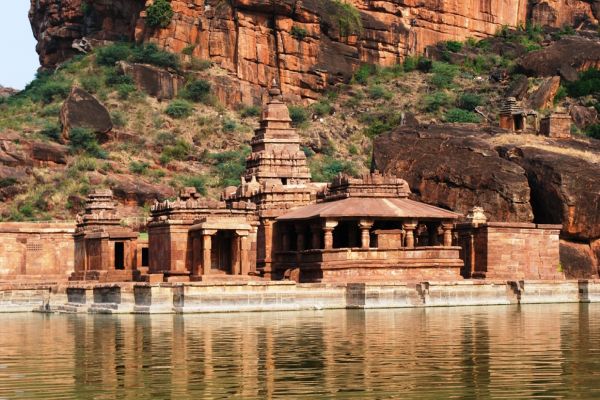
Over time, kings started building ‘structural’ stone temples, where the rocks were excavated, transported to a different site and built with features like tall vimanas and mandapams. These temples dot all of India. But one thing that they share with rock-cut cave temples is the innermost sanctum which, in most temples, still resembles a cave.
Now that you have read all about India’s rock-cut temples, try your hand at this game. Fit the words on the right into the grid on the left.